To coincide with International Women’s Day in March, the Geena Davis Institute on Gender in Media and Facebook IQ released a new report on representation and inclusion in online advertising campaigns. They found that women in ads were 14.1 times more likely than men to be shown in revealing clothing and 6.9 times more likely to be visually or verbally objectified, with limiting, negative, and stereotypical depictions of gender still appearing in marketing campaigns.
These numbers might not be surprising to those who’ve followed existing research on the subject, as more than half of consumers (54%) surveyed by Facebook and Ipsos in 2020 said they do not feel fully culturally represented in online advertising. But brands are waking up to the importance of authentic and representative messaging, as the majority of us (59%) say we are more loyal to brands that stand for diversity and inclusion in online advertising.
In the last few years, customers around the world have demanded more inclusive advertising, and in many ways, this shift has revolutionized how commercial photographers—including 500px Licensing Contributors—plan and organize their shoots. Initiatives like the Female Focus gallery from Getty Images and NatWest, a collection of photos from the daily lives of more than 1200 real-life female entrepreneurs, and the Unstereotype Alliance, of which Getty Images is a global member, have helped lead the charge.
Though women leaders are still underrepresented or portrayed in stereotypical ways, the marketing world is moving in the right direction. Last year, Getty Images saw searches for “inclusive leader” soar, with more brands looking for depictions of female entrepreneurs and Black business owners. For International Women’s Day this year, Getty Images and the Unstereotype Alliance co-curated a collection of photos and videos that highlight this year’s theme: Women in leadership: Achieving an equal future in a COVID?19 world.
Business and industry are evergreen topics in commercial photography, but the best photos today look different than the limited options available a decade ago. While photographers once relied on models to “play the role” of a business person or CEO, they’re now heading out into the real world and documenting the stories of real people: frontline workers, doctors, activists, scientists, academics, farmers, and far beyond.
For the Female Focus gallery, Getty Images and NatWest invited people to nominate female business owners for inclusion in the nationwide movement, using the hashtag #BeTheRoleModel. Winning businesses receive professional portraits created by Getty Images; these photos then become part of the Getty Images library, and they’re also free for the winning business owners to use in their own marketing.
Photographers around the world can do something similar by teaming up with local businesses and empowering them through images. Instead of posed portraits against a studio backdrop, consider photographing female and non-binary leaders in their element, organizing their operations, or running a team. By approaching a shoot collaboratively and inviting input and suggestions, you’ll end up with photos you can both use.
As revealed by a recent poll by the ad agency Bigeye, half of Gen Zers and 56% of millennials think that traditional gender roles and labels are outdated. This report adds to the growing research suggesting that feeding into harmful stereotypes is also bad business; in 2019, a study by Harvard Business School showed that gender-tailored marketing messages—like “beer for women” or “dryer sheets for men” often backfire on brands, alienating people and turning them off of their products. According to that research, even stereotypes that might be considered “positive”, like the idea that women are “kinder” than men, proved off-putting in ads.
There’s still progress to be made. In 2019, a study from Kantar found that women were more likely than men to be portrayed as likable and caring in advertising, while men were more likely to be featured prominently. The conversation around these kinds of stereotypes is vital and urgent, and it goes beyond any one industry.
A recent report from the Fawcett Society out of the UK revealed that gender stereotyping has contributed to a mental health crisis among young people, from issues with body image and eating disorders to record suicide rates among males. The study also pointed to the commercial sector as one of the places where these stereotypes persist. In 2021, gender stereotyping should have no place in marketing or anywhere else.
The good news is this: in 2019, research from Kantar revealed that some marketers had successfully moved away from gender-based strategies. For example, household cleaning products and diapers, once targeted exclusively toward women, had moved (modestly) toward more balanced representation. This shift has been long overdue, as data suggests that most household buying decisions are made by both men and women.
A few years earlier, in 2017 and 2018, Unilever found that gender representation in advertising improved both purchase intent and customers’ view of a brand’s credibility. In 2019, the UK famously banned ads that presented gender stereotypes that were likely to cause harm or widespread offense.
As early as 2018, Getty Images named “Masculinity Undone” as one of their top trends, citing the urgent demand for photos that depict the multifaceted experiences of men and masculinity. For too long, the media has set unrealistic expectations of what it means to be “manly”; today’s visuals should highlight a range of male experiences, touching on genuine moments of vulnerability, emotion, reflection, and tenderness outside of the restrictive “tough guy” stereotype.
For commercial photographers, this movement towards authentic and inclusive representation makes for fertile ground for collaboration, self-expression, and creative ideas—even in tried-and-true categories like lifestyle photography. As we mentioned before, it might mean teaming up with a female or non-binary business owner and highlighting their leadership; it could also mean documenting the daily lives of the growing number of dads on paternity leave, a trend that has been shown to have long-term benefits for families, whether it’s household tasks like cooking and cleaning or playing with the kids at home or in the yard.
Whatever your approach, tailor it to the individual in your photos—their interests, relationships, and goals—and let them take an active role in how they are portrayed. Think about underrepresented stories you wish you saw reflected in the commercial world, and then seek out people who want to help you share these narratives. None of us are defined exclusively by our gender, so remember to celebrate every facet of your model’s identity outside of that restrictive binary.
For inspiration, consider Gillette’s famous 2019 campaign “The Best Men Can Be,” celebrating a different type of masculinity, or Toyota’s Super Bowl ad featuring Toni Harris, who aspires to be the first female football player in the NFL, or Ritz crackers’ 2020 holiday ad, featuring everyday moments brought to life by transgender and non-binary cast members. Or check out Citibank’s 2020 trans-inclusive campaign, which coincided with a new feature empowering customers to update their first chosen names; in response to that initiative, over 1,800 Citi customers requested a name update within weeks.
Representation matters for all of us, so take the time to listen and work with your model to get it right. It’s not just about filling the gap and creating the content buyers want right now; it’s also about paving the way for a more inclusive future in advertising.
Not on 500px yet? Click here to learn about Licensing with 500px.

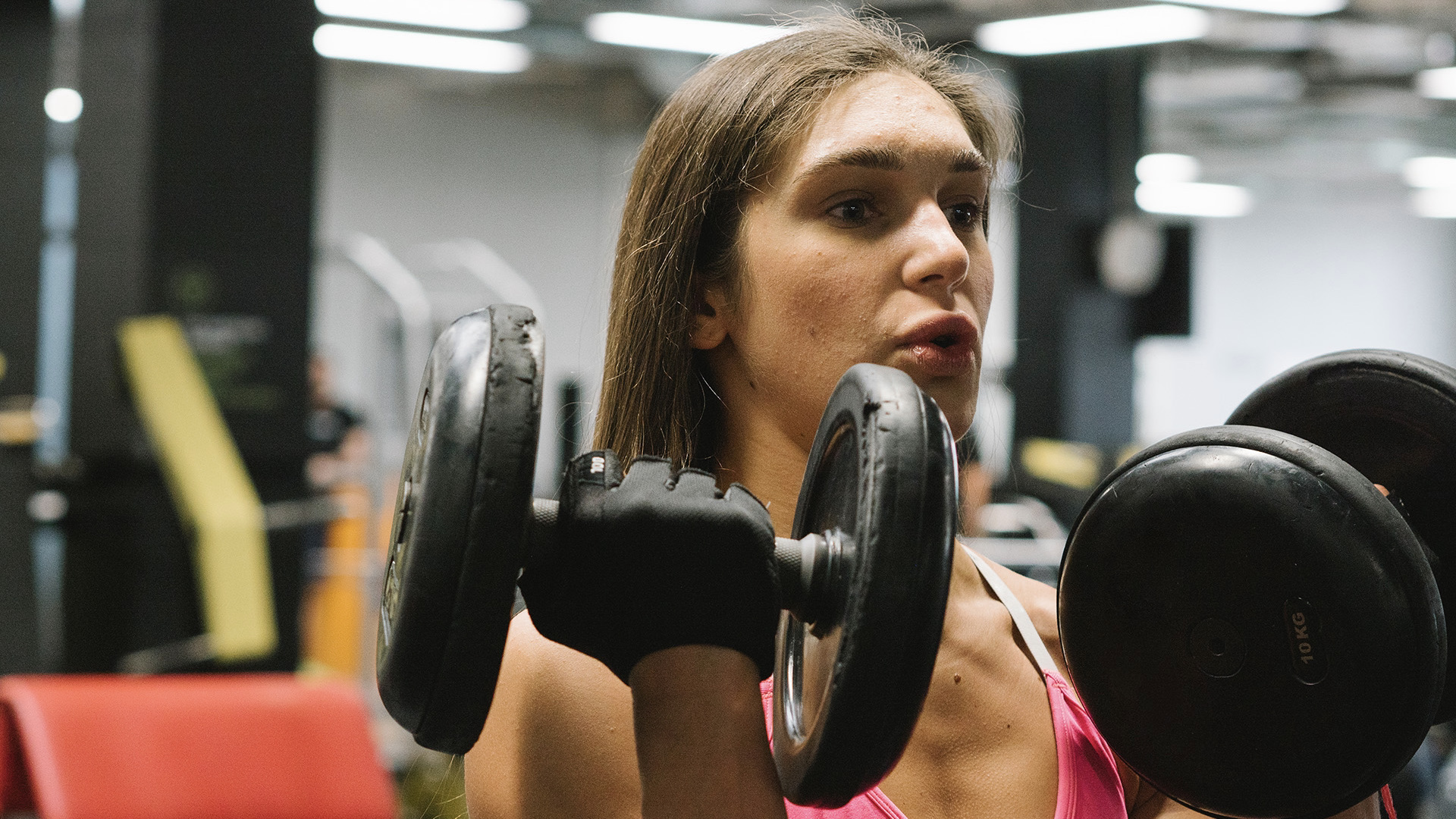
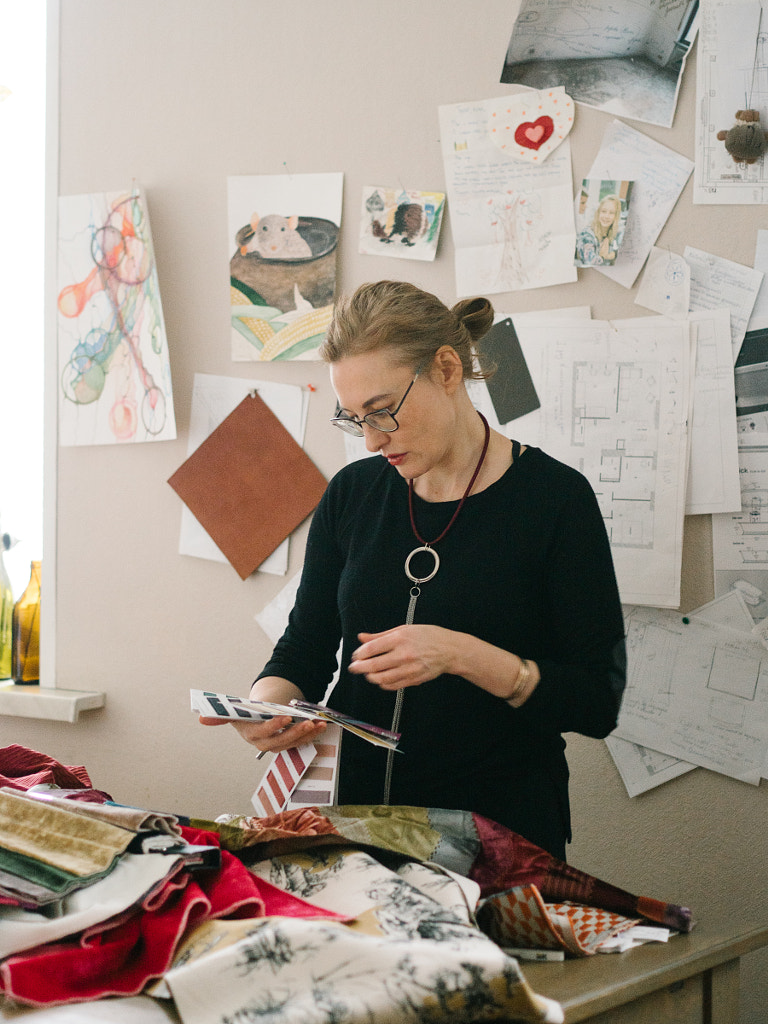




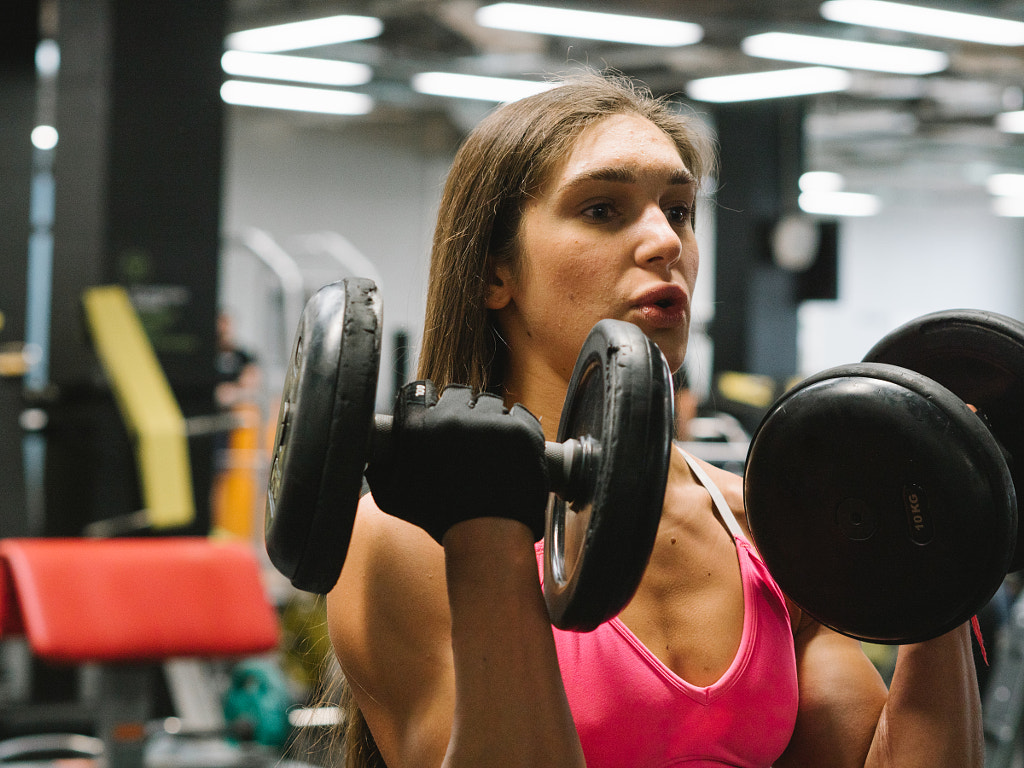
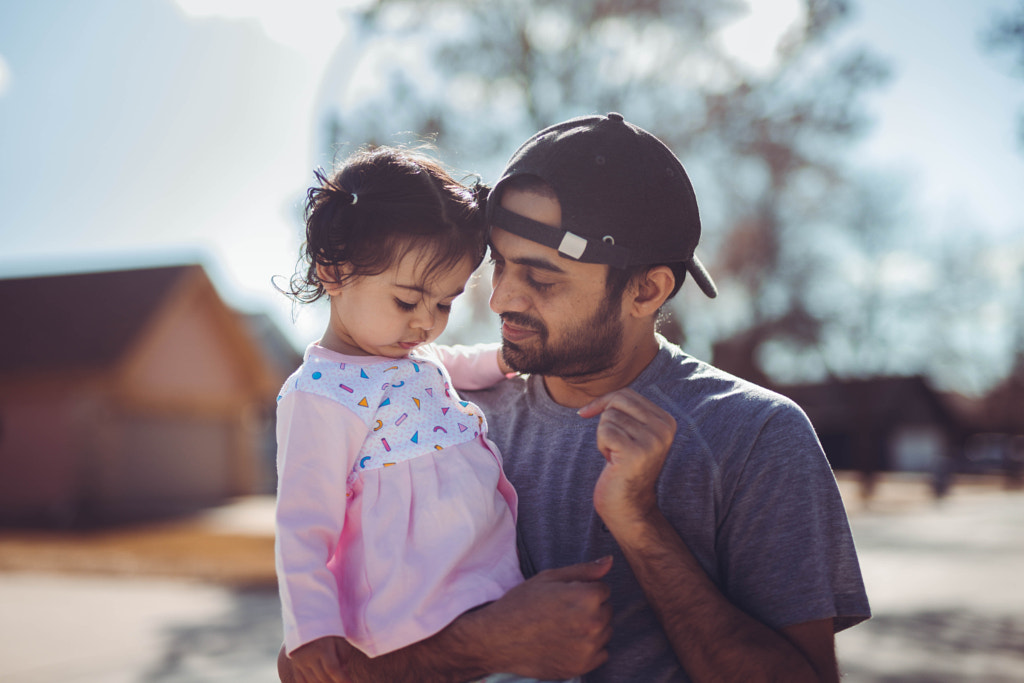

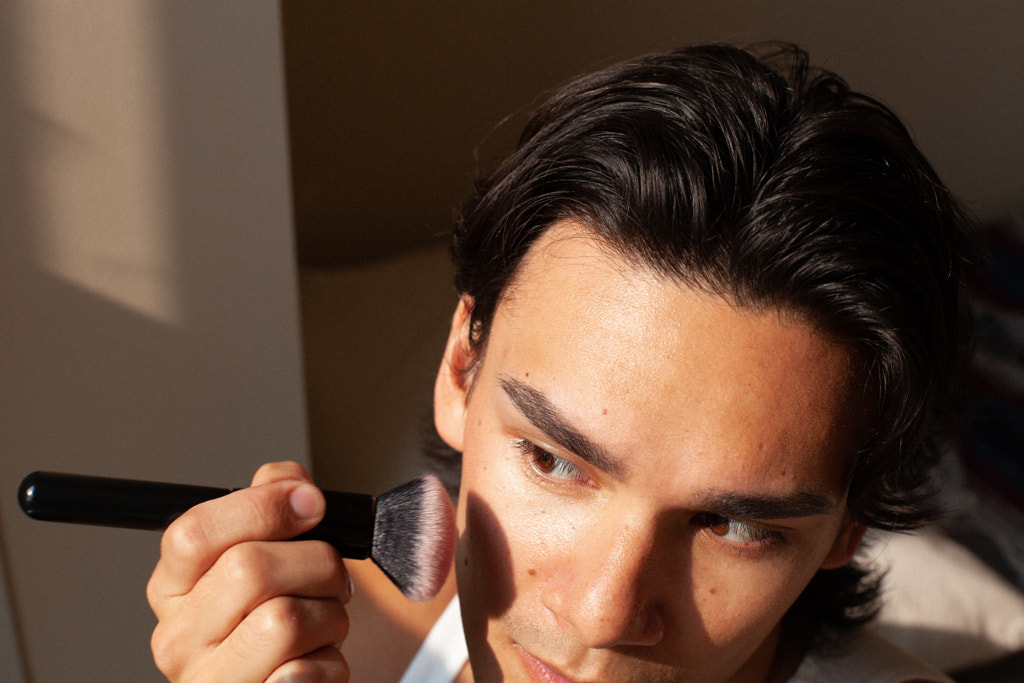
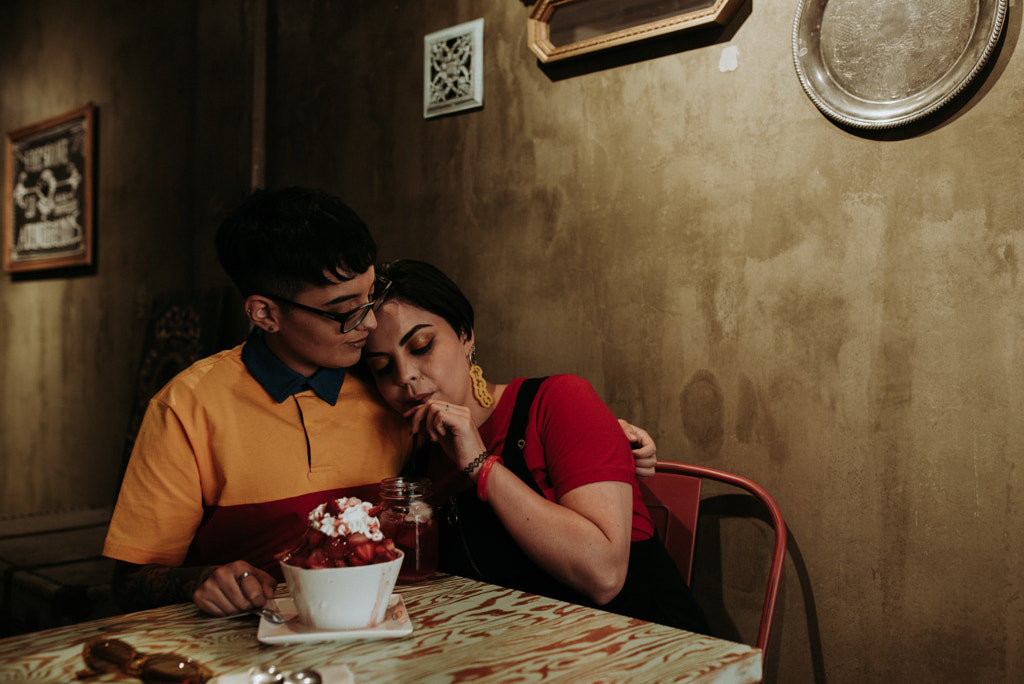
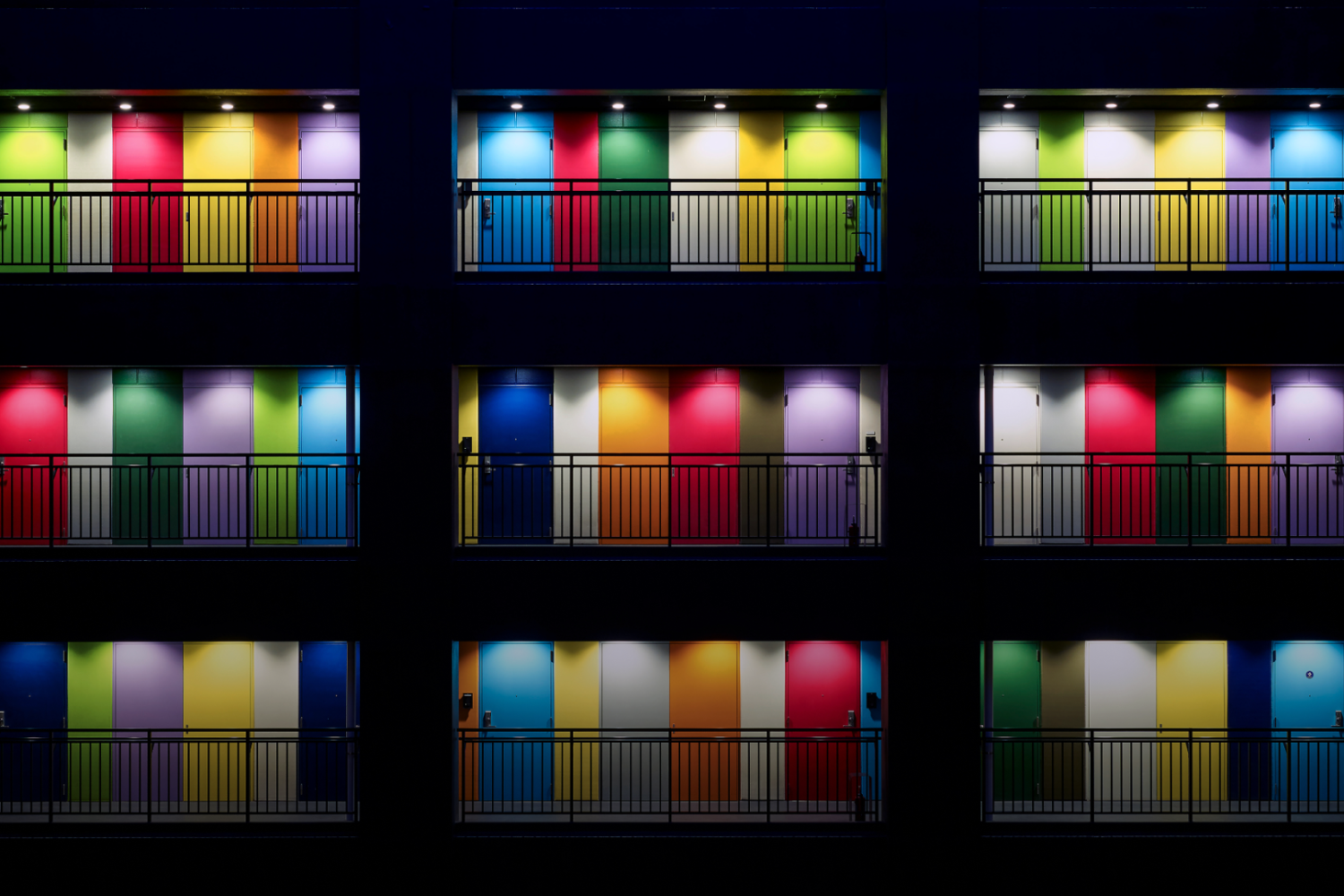


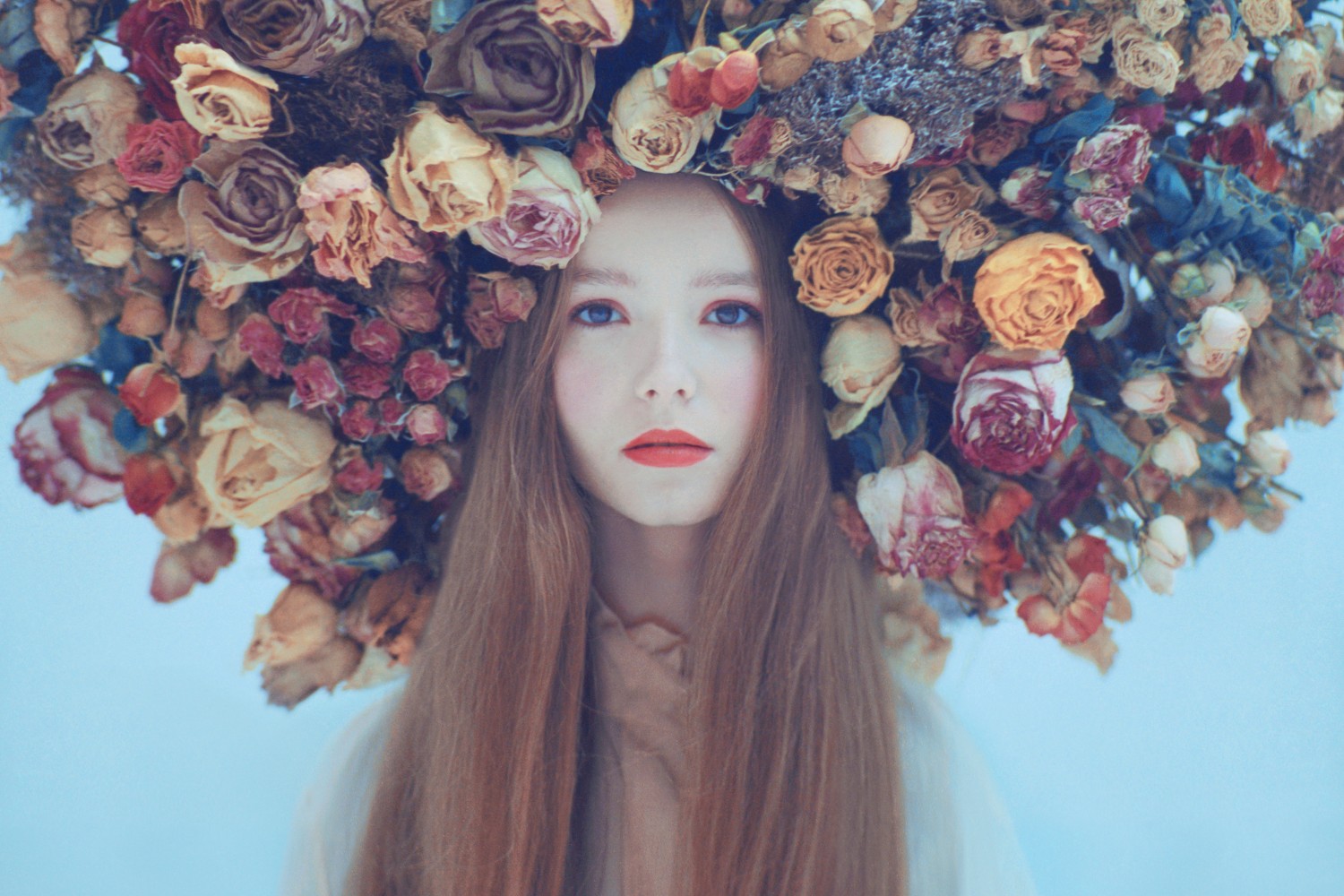
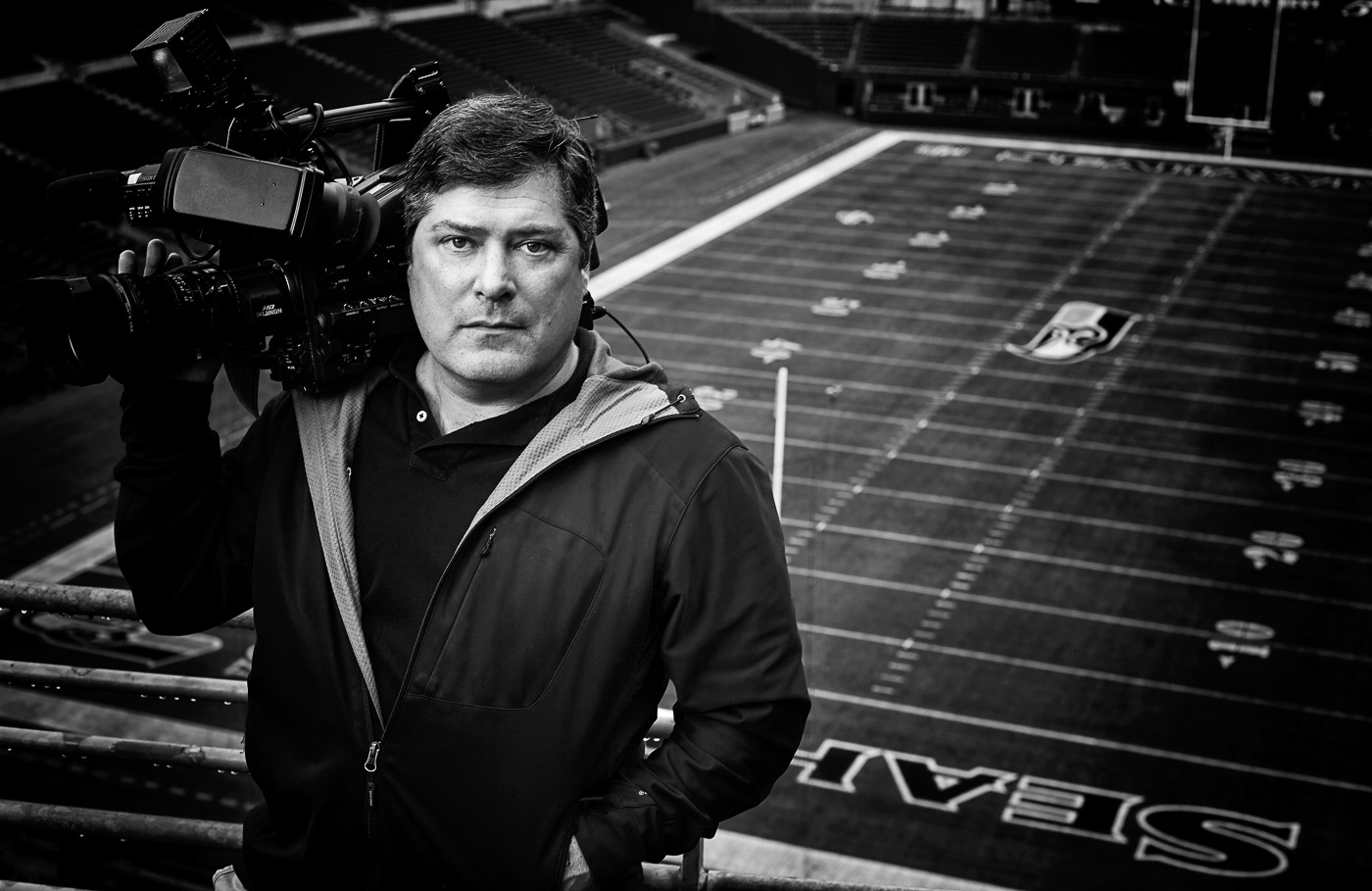
Leave a reply